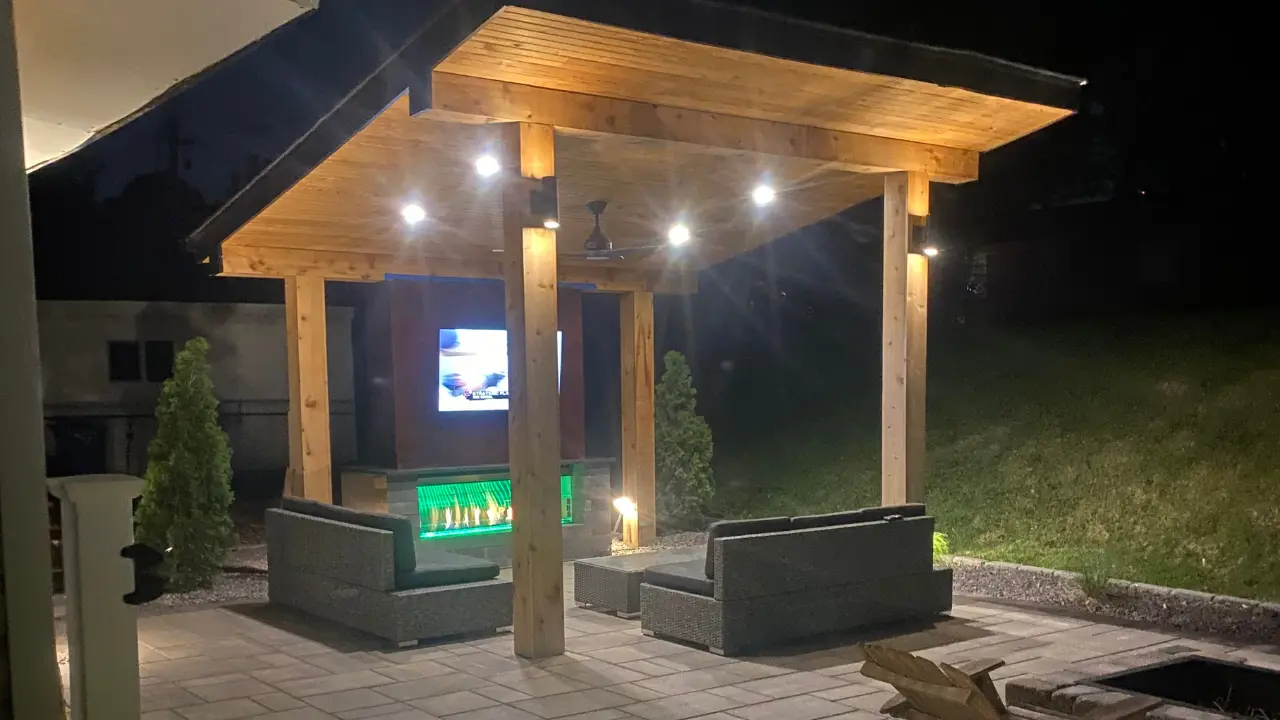There’s nothing quite like gathering around a glowing fire pit under the stars. Whether it’s a summer night filled with laughter or a crisp fall evening with warm blankets and hot cocoa, a custom fire pit brings people together. It creates a relaxing, inviting atmosphere in your outdoor living space that feels like an extension of your home.
As fire pits and outdoor fireplaces grow in popularity, more homeowners are investing in fire pit installation to elevate their backyards. But with that increase comes the need for safety. While a well-designed fire pit adds charm and warmth, it must also be approached with caution and responsibility.
That’s why we’ve put together this guide on the top seven fire pit safety tips every homeowner should know. Whether you’re working with an outdoor living contractor or DIYing a backyard fire feature, following these safety practices ensures you and your loved ones stay safe while enjoying your fire pit design for years to come.
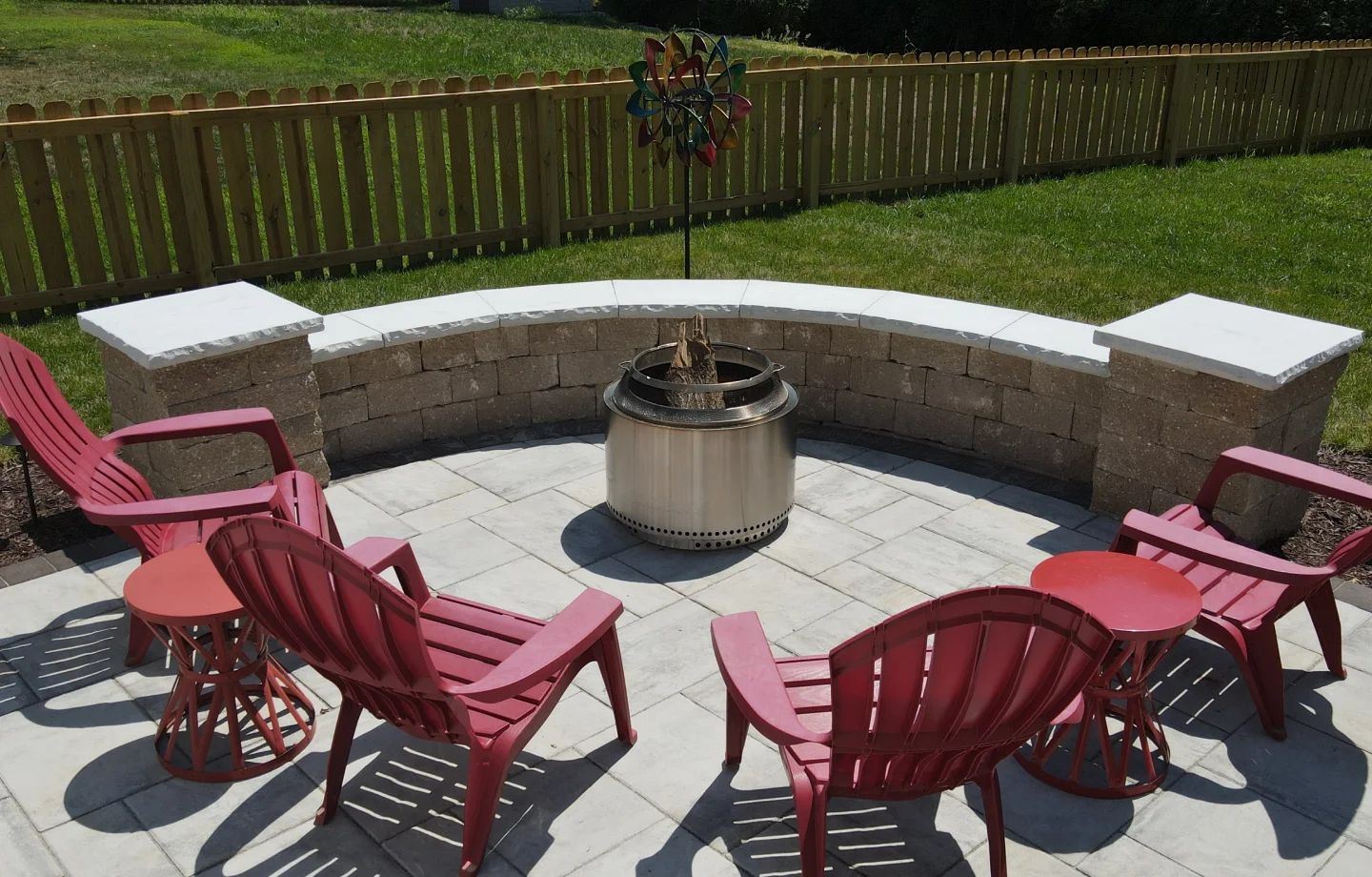
Pick the Perfect Spot: Smart Fire Pit Placement
Choosing the right location is the foundation of fire pit safety. Before you light a single flame, it’s essential to place your fire pit in an area that minimizes risk and enhances the overall function of your outdoor living space. Location affects not only safety but also usability and comfort.
Start by ensuring the fire pit is at least 10-20 feet away from your home, fences, trees, or any flammable structures. A custom fire pit should never be placed under a roof overhang or low-hanging branches. These can easily catch fire if the flames get too high or if embers float upwards.
A level, non-combustible surface like stone, brick, or concrete is ideal. Avoid placing your fire pit directly on wooden decks or grassy areas unless you’re using a fire-resistant pad or a design specifically made for those surfaces. This helps prevent accidental fire spreading from heat transfer.
Consider wind direction when selecting a location. Wind can blow flames, smoke, and embers toward your guests or nearby structures. If your yard is frequently windy, wind guards or screens can help keep things contained while still allowing warmth and ambiance.
And don’t forget to check with your city or county’s zoning laws. Some neighborhoods, especially those governed by HOAs, have regulations regarding open flames and fire features. Your outdoor living contractor can help you navigate these rules during fire pit installation.
Choose the Right Fuel: Burn Smart, Burn Safe
The fuel you use has a major impact on fire pit safety. Not all materials are safe to burn, and some can create harmful smoke, fumes, or even dangerous flare-ups. The right fuel source will ensure a consistent, safe, and enjoyable fire every time.
Wood-burning fire pits offer that classic campfire feel, but they require careful attention. Only burn seasoned hardwoods like oak, maple, or hickory. Avoid burning construction lumber, painted or stained wood, or anything treated with chemicals. These can release toxins when burned and may create excessive sparks or smoke.
Gas fire pits, on the other hand, offer greater control and convenience. Natural gas and propane systems light easily and burn clean, making them a popular choice for homeowners looking for a low-maintenance option. Just make sure your gas lines and connections are inspected regularly and installed by a certified outdoor living contractor.
Never use accelerants like lighter fluid or gasoline to start your fire. These can cause explosions or rapidly spreading flames. If your fire pit is slow to ignite, use a safe, fire-approved starter or consult with your fire pit design professional to address any issues.
For eco-conscious homeowners, there are also alternative fuels like bioethanol, which burns cleanly and doesn’t require venting. These are perfect for modern, custom fire pit designs in smaller outdoor living spaces where traditional fuel might not be practical.
Choosing the right fuel isn’t just about efficiency—it’s about safety. Knowing what to burn and how to burn it responsibly is key to protecting your property and your loved ones.
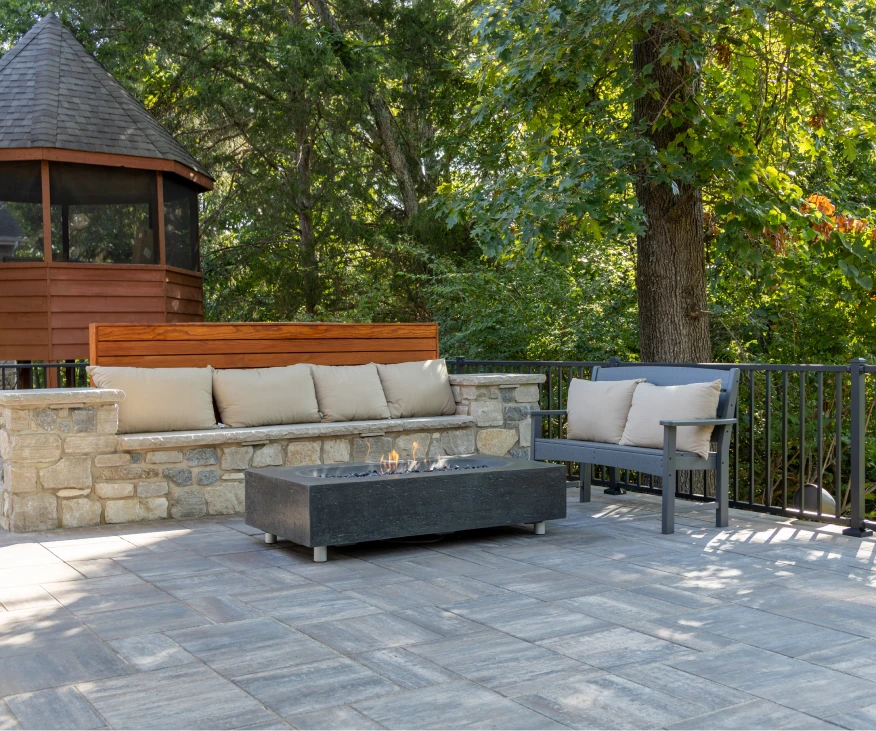
Never Leave a Fire Unattended: Stay Present, Stay Safe
One of the simplest but most important fire pit safety rules: never leave the fire unattended. It only takes a few seconds for a small flame to become a big problem, especially if wind picks up or an ember escapes the fire ring.
Always assign a responsible adult to supervise the fire. This isn’t a task for kids or teens. If you need to step away, extinguish the fire first—even if it’s just for a few minutes. Embers can smolder quietly before reigniting and spreading to nearby surfaces.
Children and pets should be kept at a safe distance from the fire pit at all times. Consider creating a “no-play zone” around the fire area, and use barriers or seating to naturally define that boundary. Your outdoor living contractor can incorporate this into the overall fire pit design.
It’s also important to monitor how long the fire is burning. A fire should never be left to burn down on its own overnight. Even glowing coals can reignite and pose a hazard hours later. Plan your evening around when the fire will be extinguished so you’re not tempted to walk away while it’s still active.
Maintaining a presence near the fire not only prevents accidents—it also fosters better bonding with family and friends. After all, the magic of a custom fire pit is best enjoyed together.
Be Prepared: Keep Fire Safety Tools Within Reach
Every fire pit setup should include essential safety tools within arm’s reach. It’s not just about prevention—it’s about being ready to act fast if something goes wrong. A little preparation goes a long way in protecting your outdoor living space.
First, keep a fully functional fire extinguisher nearby. Make sure it’s rated for outdoor and wood/gas fires (Class A or B). Check its expiration date and review the instructions occasionally so you’re ready to use it under stress.
Next, keep a garden hose hooked up and uncoiled, ready to go. A bucket of sand or a fire blanket can also be effective for quickly smothering flames without creating a water mess. These low-tech options are great backups.
Fire pit snuffers are a safe and simple way to extinguish the flame when you’re done. They’re specifically designed for fire pits and reduce smoke and mess. For gas fire pits, ensure you know where your shutoff valve is located and how to turn it off quickly.
You may also want to create an emergency plan, especially if you host guests often. Make sure everyone knows where the safety tools are and what to do if something goes wrong. Communication is as critical as the tools themselves.
Having these items on hand turns your custom fire pit from a potential hazard into a well-managed, safe feature of your outdoor living area.
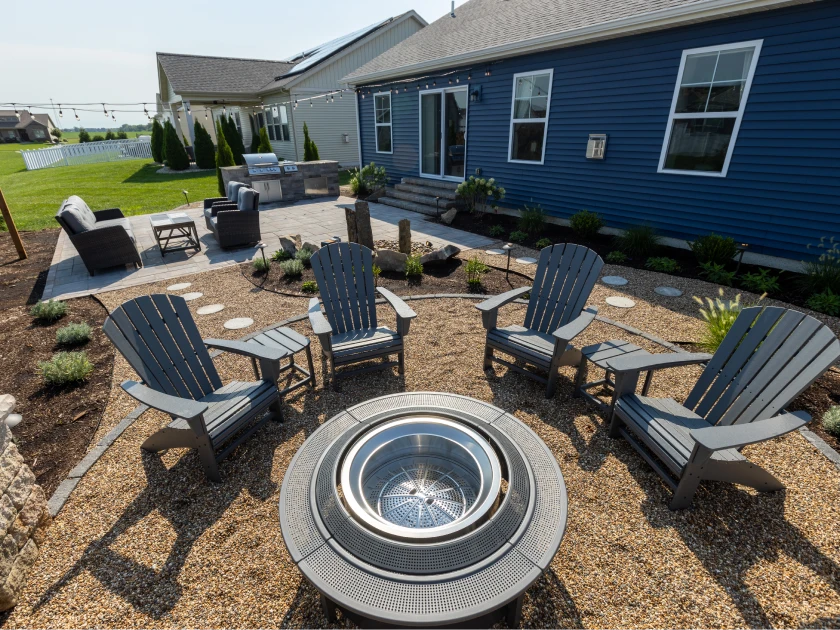
Start and Stop Safely: Lighting and Extinguishing 101
Lighting a fire should never feel like a guessing game. Whether you’re using wood or gas, having a consistent and safe ignition and extinguishing process protects your home and loved ones.
For wood-burning fire pits, start small. Use dry kindling, newspaper, or fire starters made for backyard use. Avoid stacking too much wood too quickly, as this can create unstable flames. A pyramid or log cabin structure promotes proper airflow and a safer burn.
Gas fire pits should only be lit following manufacturer instructions. Turn on the gas, then ignite—never the other way around. Make sure your outdoor living contractor installs an accessible shut-off valve and walks you through how to use it properly.
Flames should never reach more than 1-2 feet above the fire pit. High flames look dramatic but are dangerous and often unnecessary. Moderation keeps things cozy while preserving your fire pit design and minimizing risk.
When it’s time to extinguish the fire, use water to douse all visible flames and stir the ashes until everything is cold to the touch. Never walk away from warm coals. For gas pits, always shut off the gas completely and close the valve securely.
Practicing good fire hygiene makes each gathering safer and reduces the wear and tear on your outdoor fireplace or custom fire pit installation.
Respect the Weather: Let Nature Guide You
Weather can turn a peaceful fire pit evening into a risky situation in minutes. Respecting the elements is an essential part of fire pit safety and helps ensure your outdoor living space remains secure and functional year-round.
Wind is one of the biggest factors. Strong gusts can blow flames out of control or carry embers far beyond your immediate area. Avoid lighting your fire pit on windy days or install wind guards if you live in a breezy region.
Rain and snow can cool a hot fire pit too quickly, leading to cracking in stone or concrete fire pit designs. Wet conditions also make lighting the fire harder and less efficient. Cover your fire pit with a weather-resistant lid or tarp when not in use.
High heat and dry weather, particularly in the summer, can lead to local burn bans. Always check with your local fire department or municipality before starting a fire. Violating these rules can lead to fines—or worse, unintended fires.
If your custom fire pit is part of a broader outdoor fireplace setup, be aware that chimney-style vents can also be impacted by wind or debris. Your outdoor living contractor should incorporate weather resilience into the design.
Let the weather be your guide. If it doesn’t feel like a fire-safe night, it probably isn’t—and it’s always better to wait than to risk it.
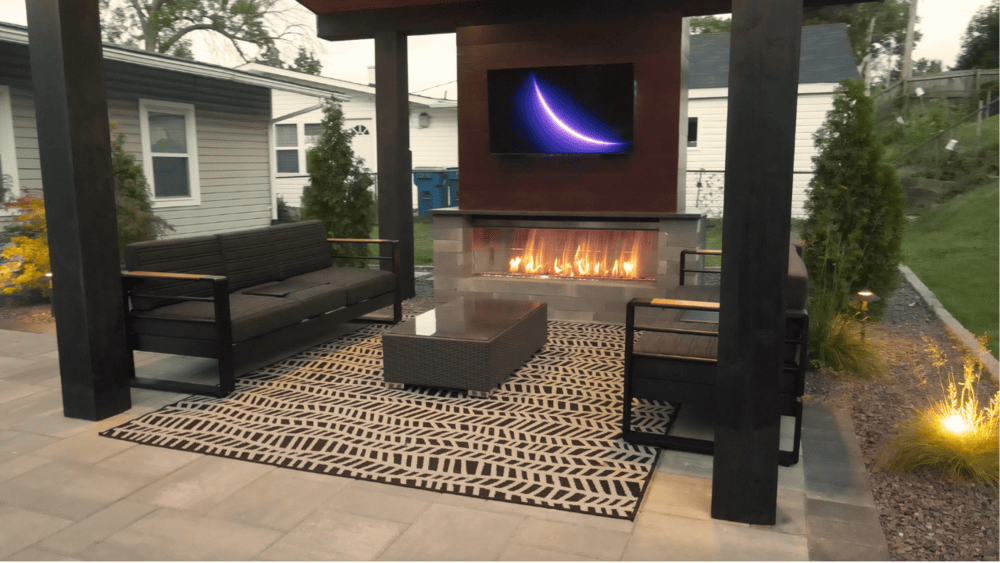
Keep It Clean: Fire Pit Maintenance Matters
Like any feature in your home, your fire pit requires regular care. Maintenance not only keeps your fire pit looking great but also helps prevent issues that can compromise fire pit safety.
Clean your fire pit after each use. Remove ash and debris once it has fully cooled to prevent buildup, which can trap moisture and lead to deterioration. This is especially important for wood-burning fire pits, which produce more residue.
Check for cracks in stone, tile, or concrete materials. If your fire pit has a metal bowl, look for rust, warping, or sharp edges. These are signs it’s time for a replacement or repair—especially before a new season of use.
Gas fire pits need more specialized attention. Inspect the gas line regularly and test the ignition system to ensure it works properly. If you smell gas or notice sputtering flames, turn off the system and call a professional immediately.
Seasonally, give your fire pit a more thorough inspection. Tighten screws, clean burner ports, and reapply sealant to stone surfaces if needed. A well-maintained fire pit design will last longer and operate more safely.
Your outdoor living contractor may also offer annual inspections to make sure everything is working as it should. Don’t be afraid to ask—they’re there to help you enjoy your custom fire pit safely and confidently.
Frequently Asked Questions About Fire Pit Safety
1. Can I put a fire pit on my wooden deck?
Yes, but only with proper precautions. Use a fire pit pad or a specially designed fire pit base to protect the deck. Gas fire pits are generally safer on decks than wood-burning models.
2. How far should my fire pit be from my house?
The minimum recommended distance is 10 feet, but 15–20 feet is safer, especially in areas with wind or dry vegetation.
3. Are gas fire pits safer than wood-burning ones?
In general, yes. Gas fire pits offer better flame control and don’t produce sparks or embers. However, they still require proper installation and maintenance.
4. How do I extinguish my fire pit safely?
For wood, douse with water and stir ashes until cold. For gas, turn off the fuel supply and let the pit cool. Never leave until the area is fully cool.
5. Should I cover my fire pit when not in use?
Absolutely. Covering your fire pit protects it from weather damage and keeps debris out, which helps with safety and longevity.
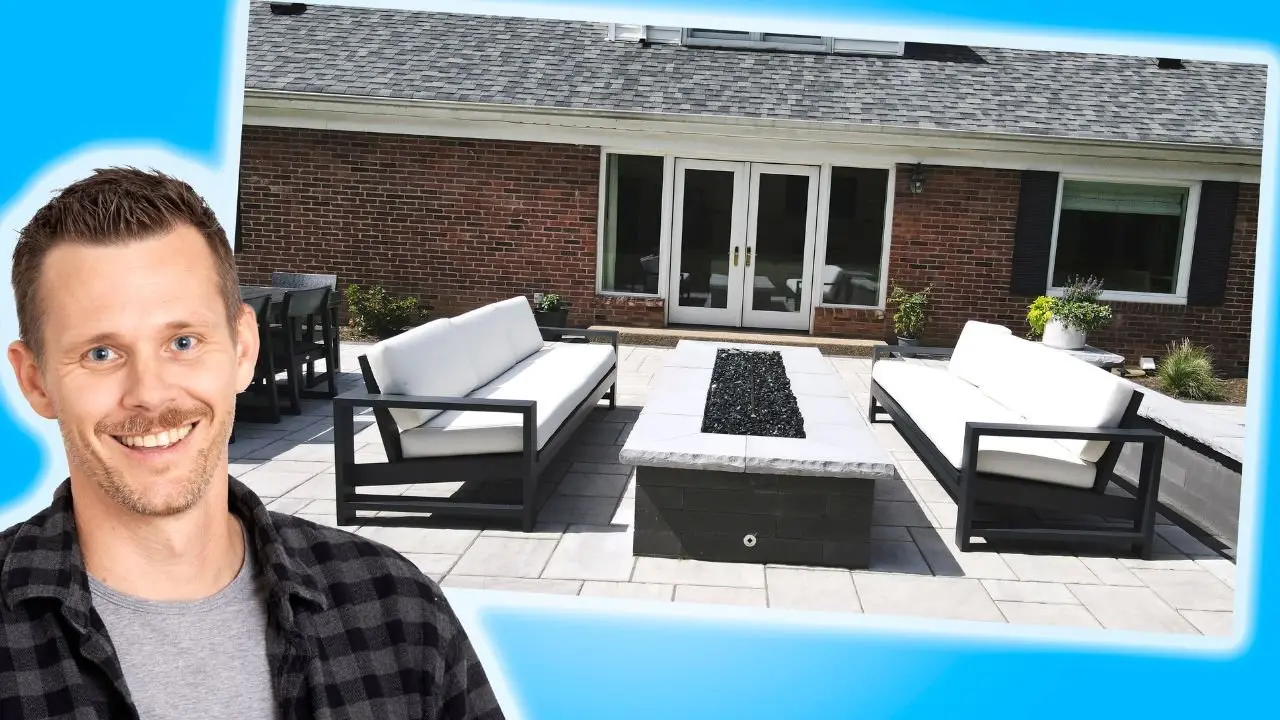
Fire Pit Safety Starts With You
A custom fire pit can be the heart of your outdoor living space—offering warmth, beauty, and a place to connect with loved ones. But safety should always come first. By following these seven essential fire pit safety tips, you can enjoy peace of mind while soaking up the glow.
From choosing the right location to keeping it clean and monitored, these practices aren’t just smart—they’re essential. Fire pit design should always balance form with function, and that includes building safety into every decision.
If you’re considering a fire pit installation or want to enhance your current setup with safety-first upgrades, Bobby K Designs can help. As an experienced outdoor living contractor, Bobby K Designs specializes in custom fire pits, outdoor fireplaces, and full-scale outdoor living spaces that are as safe as they are stunning.


